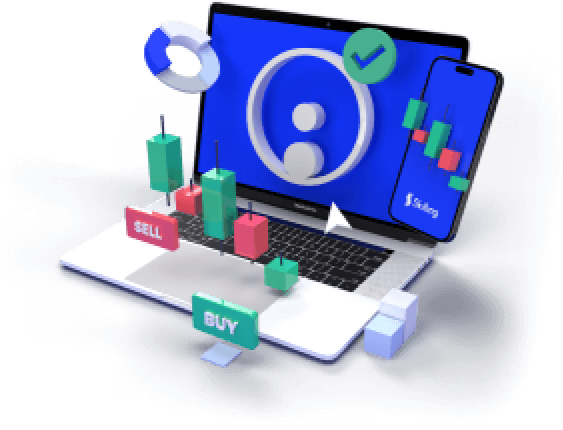In the world of CFD-trading, price movements don’t happen in a vacuum. One of the biggest drivers of volatility — and opportunity — is economic data. From interest rate decisions to employment numbers, economic reports can trigger sharp moves across forex, indices, commodities, and even crypto.
Understanding how to interpret and respond to economic data is a core skill for any serious CFD-trader. In this article, we’ll explore how economic news impacts the markets, which data points matter most, and how you can use this information in your trading strategy.

Why Economic Data Moves Markets
Economic reports provide insight into the health of an economy. Traders use this data to assess interest rate expectations, inflation pressure, growth trends, and more. Markets move based on how the actual data compares to forecasts:
Sometimes, it's not just the result but also the tone of central bank commentary that drives price action.
Key Economic Reports to Watch
1. Interest Rate Decisions
Announcements from central banks (like the Federal Reserve or ECB) often cause major moves. Rate hikes = currency bullish. Rate cuts = bearish.
2. Inflation Reports (CPI, PPI)
These influence rate expectations. Higher inflation can lead to tighter monetary policy — strengthening the currency.
3. Employment Data (Non-Farm Payrolls, Unemployment Rate)
Highly watched and often volatile. Strong job growth can boost confidence and market sentiment.
4. GDP (Gross Domestic Product)
Measures overall economic growth. Slower-than-expected GDP growth often causes risk-off sentiment.
5. PMI (Purchasing Managers’ Index)
A leading indicator of economic activity. Above 50 = expansion, below 50 = contraction.
6. Retail Sales & Consumer Confidence
Shows how much consumers are spending — vital in consumer-driven economies.
How to Trade Around Economic Events
- Explore the economic calendar daily for scheduled releases
- Be cautious when entering new trades minutes before high-impact events
- Use wider stops or smaller trade sizes during volatile periods
- Compare actual vs. expected results — the surprise factor matters most
- Wait for confirmation candles or breakouts before reacting
Risks to Be Aware Of
- Slippage: fast-moving markets can result in worse-than-expected execution
- Spreads widening during volatile releases
- False breakouts on initial reaction
- Emotional trading – reacting too fast can be costly
Why miss out on the commodities market's potential?
Discover the untapped opportunities in top traded commodities CFDs like gold, silver & oil.
71% of retail CFD accounts lose money.

Conclusion
Economic data is a powerful driver of CFD market movement. Learning to interpret it effectively can help you time entries better, manage risk, and make more informed decisions across multiple asset classes.











